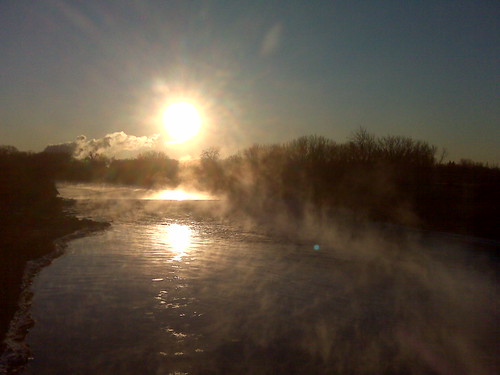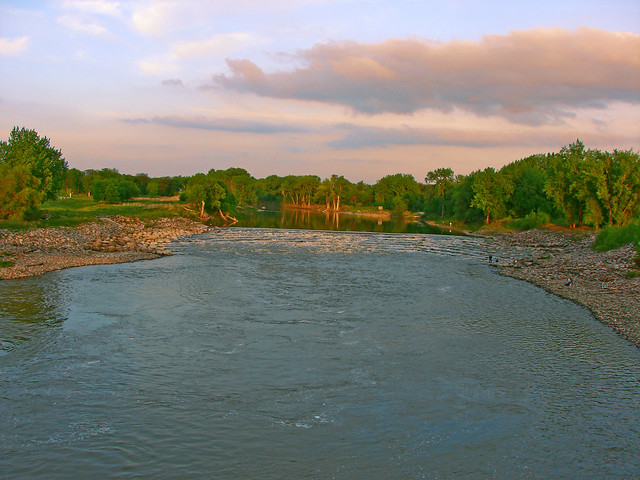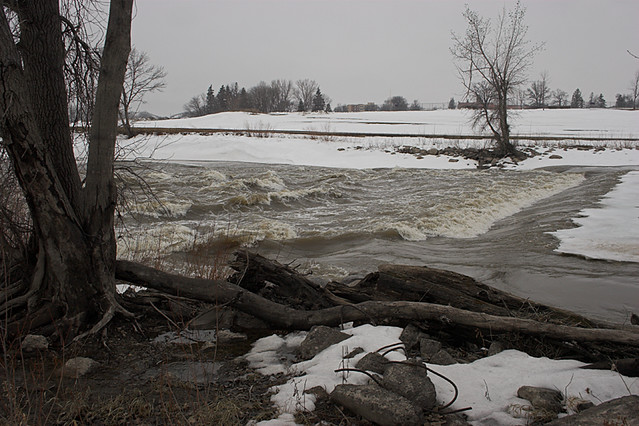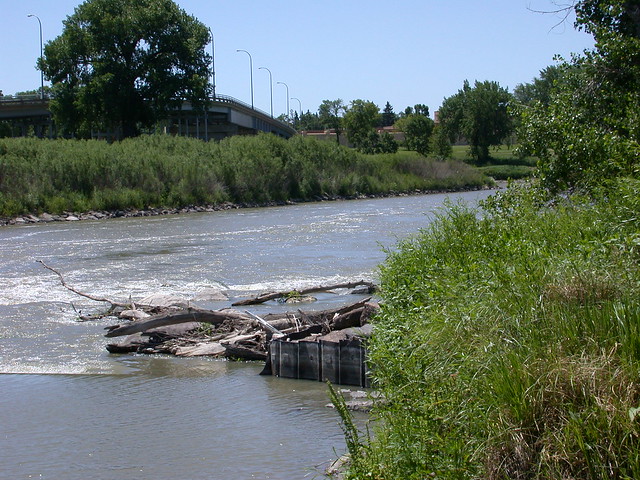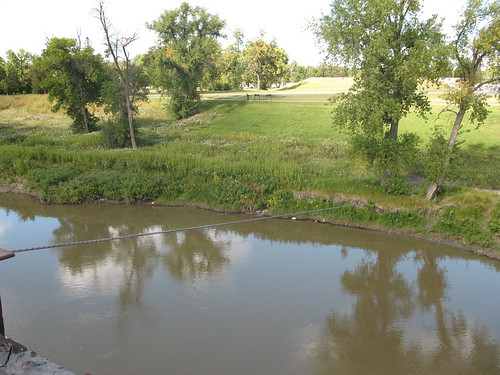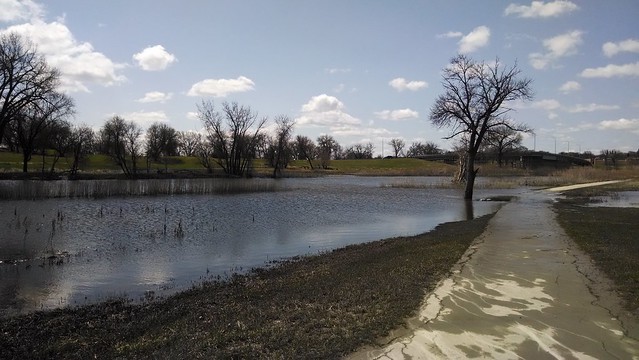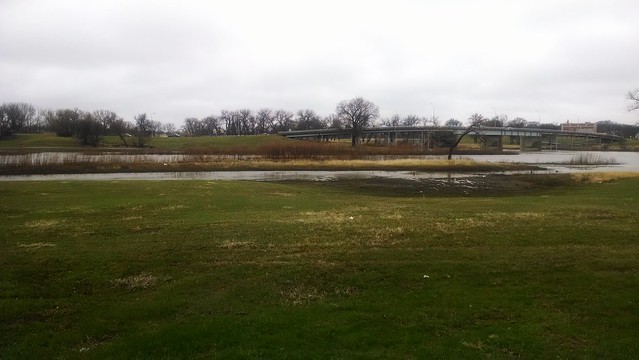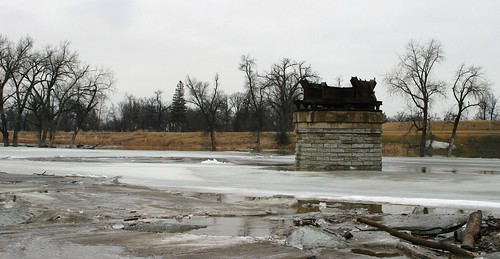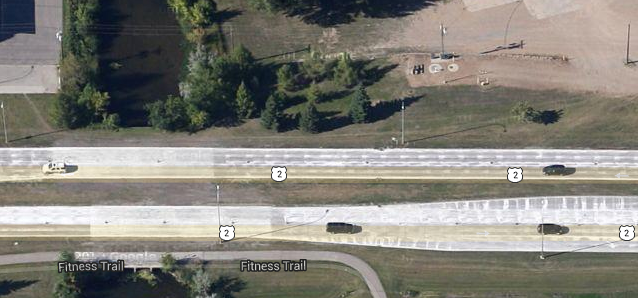Is there one?
I know the official Schlumberger Support portal exists (with a forum), and I understand that when you buy a license, you get access to that resource included (that’s how I have access). It shocks me, however, that there isn’t a thriving community of Petrel enthusiasts (or even geological/geostatistical modeling enthusiasts) out here on the Internet. What I’m interested in is more than a PDF of a workflow or a presentation that discusses theory–I want to know how people have used modeling software to solve real problems, because not all problems can be solved in the same way.
For example, check out the Laser Scanning Forum, which is a great resource if you’re into that, and which includes discussion of multiple software packages and how to deal with different data. A quick search brought up the forum at Exploration and Production Geology, which could use a little more activity to be useful. Every once in a while I’ll find a blog post that addresses some questions relating to what I am trying to do. Of course, there is always my employer’s internal collection of workflows…most of which live in the heads of our experienced modelers. (For the record, I am not an experienced modeler and I’m facing a steep learning curve.)
I understand that software this expensive is going to be used primarily for groups that are working on custom, confidential projects and are more likely to have received training straight from Schlumberger…but as someone who outside of work would much rather use open-source software and open-access datasets, the lack of “free” information for this caliber of software is certainly jarring.




